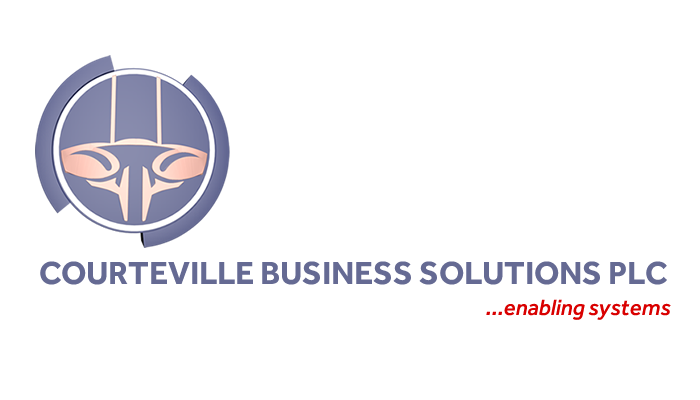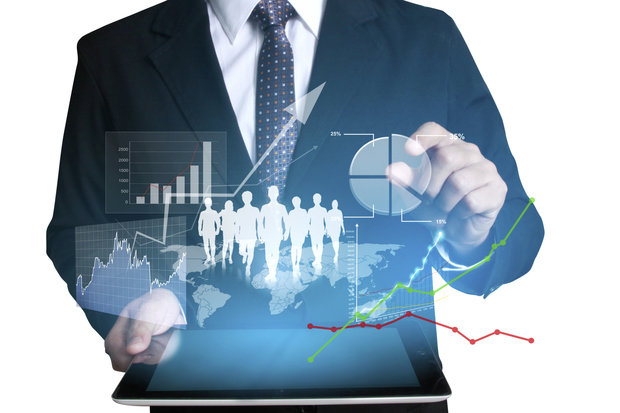Business Intelligence (BI) is an umbrella term that refers to a variety of software applications used to analyse an organization’s raw data. BI as a discipline is made up of several related activities, including data mining, online analytical processing, querying and reporting. The term Business Intelligence (BI) refers to technologies, applications and practices for the collection, integration, analysis, and presentation of business information. The purpose of Business Intelligence is to support better business decision making.
Over the last few years, data has become the lifeblood of organizations. Those that harnessed the power of data by empowering business users found competitive advantage were able to innovate faster. This change caused tension in organizations between the old fashion way (which is just about creating fancy reports and questioning every assumption while making sure that the software architecture maps are as close to the real business as possible and the new modern approach to BI is about collection, analysis and especially integration/presentation of business information to the real life scenario. Tension grew between control and agility, self-service and governance. IT and the business started partnering together to maximize the impact of their data.
BENEFITS
The potential benefits of business intelligence programs include;
- Accelerating and improving business decision making
- Optimizing internal business processes
- Increasing operational efficiency
- Driving new revenues
- Gaining competitive advantages over business rivals.
- Enhancing company’s ability to identify market trends
- Easy identification of business problems that need to be addressed.
Business intelligence (BI) is a technology-driven process and presenting actionable information to help corporate executives, business managers and other end users make informed business decisions. BI encompasses a wide variety of tools, applications and methodologies that enable organizations to collect data from internal systems and external sources, prepare it for analysis, develop and run queries against the data, and create reports and data visualizations to make the analytical results available to corporate decision makers as well as operational workers.
BI data can include historical information, as well as new data gathered from source systems as it is generated, enabling BI analysis to support both strategic and tactical decision-making processes. Initially, BI tools were primarily used by data analysts and other IT professionals who ran analyses and produced reports with query results for business users. Increasingly, however, business executives and workers are using BI software themselves, thanks partly to the development of self-service and data discovery tools.
Experts, too, acknowledged this transformation. An IDC Asia Pacific study, during the year, revealed that more than half of the organisations analysed considered big data and its analysis as crucial for business.
Where are things headed next? We’ve gathered the opinions and observations of experts who serve hundreds of thousands of customers around the world. Here are the predictions.
1. Modern BI To Become The New Normal
In 2016, organisations began the shift to modern BI, moving analytics from the hands of the few to many. We have moved “past the tipping point of a more than 10 to 11-year transition away from IT-centric reporting platforms to modern BI and analytics platforms,” according to Gartner’s 2016 Business Intelligence Magic Quadrant. Gartner also noted that today “every business is an analytics business, every business process is an analytics process and every person is an analytics user.”
With trusted and scalable platforms, organisations are empowering even non-analysts to explore governed data and collaborate with their findings. In 2017, the shift to modern BI will near its end as it becomes the norm for global enterprises, early-stage start-ups, and everything in between.
2. Collaboration (with Data) is King
Like many things in life, many heads are better than one when it comes to business analytics. According to another recent study by IDC Asia Pacific, organisations in the region who achieved success with their big data and analytics initiatives had collaboration processes in place among staff to share relevant data, metrics, and best practices.
In 2017, collaborative analytics will take centre stage as governed data becomes more accessible and cloud technology enables easy sharing. This signals the end of an era in which information flowed in one direction. Gone are the days of sharing data via static PDFs or PowerPoint decks. In 2017, people are sharing their workbooks and data sources. They are building on each other’s work and iterate to answer their own questions. They’ll leverage the cloud and other sharing functionalities like email alerts and subscriptions to stay in touch.
3. IT Becomes the Data Hero
IT spent years stuck in the endless churn of the report factory. Now, it’s finally IT’s time to shine. IT is at the helm of the transformation to self-service analytics at scale. IT will provide the flexibility and agility the business needs to innovate, all while balancing governance and data security. And by empowering the organisation to make data-driven decisions at the speed of business, IT will emerge as the data hero that helps shape the future of the business.
4. The Transition to the Cloud Accelerates
With organisations moving their data to the cloud (as cloud solutions become more secured, reliable and easier to use), analytics’ move to the cloud is growing sporadically. In 2017, the concept of data gravity will take hold as more businesses realise the value of deploying their analytics where their data lives. Cloud data warehouses like Microsoft Azure and Amazon Redshift will continue to pull data, and cloud analytics will become more prevalent as a result. While many organisations will continue to deploy hybrid architecture of cloud and on-premise solutions, cloud analytics will increasingly represent a faster and more scalable solution.
5. Business Analytics Gets Advanced
Business users have grown more data-savvy. Advanced analytics has grown more approachable. In 2016, a partner at McKinsey & Company commented that “we have to stop thinking of advanced analytics as some form of magic,” and that not just data scientists, but business users themselves need to be able to extract value from data to make better business decisions.
In 2017, these two will converge as advanced analytics becomes the standard for the business user. Advanced analytics will no longer be reserved for data scientists and experts. Business users are already leveraging powerful analytics functions like clustering & forecasting, and they will continue to expand their analytics skill set.
6. Data Literacy becomes a Fundamental Skill of the Future
In 2016, LinkedIn listed Business Intelligence as one of the hottest skills to get you hired. Earlier this year, IDC Asia Pacific noted that the lack of big data-related talent would remain as one of the biggest obstacles for many Asia Pacific organisations, while professional services in that area will have a 29% Compound Annual Growth Rate (CAGR) in the region by 2020.
In 2017, data analytics has become a mandatory core competency for professionals of all types. Much like proficiency in Microsoft Word, Excel, and PowerPoint, basic proficiency in analytics will become a staple in the workplace. To meet this need, we will see analytics and data programmes permeate higher education. In the workforce, people will leverage intuitive BI platforms, and data will play a role in every major decision.
Top tier educational institutions in the region are doing what they can to keep up. For example, the National University of Singapore (NUS) recently announced a new degree programme in Data Science and Analytics for the new academic year (of 2017), and many other schools have already done or are expected to do the same.
All Data Becomes Equal
In 2017, the value of data will no longer be tied to its rank or size. It won’t matter whether we are talking about big data or a simple Excel spread-sheet. What will count is that people can quickly and easily access the data and explore it alongside other types of data to answer business questions and improve outcomes.
Over the coming year, BI will shift towards an environment in which people can explore data of all types, shapes, and sizes, and share insights to impact decision-making. Business users won’t have to worry about whether their data is stored in Redshift, or an Excel file. They will be able to harness the power of data, no matter how many disparate data sources they have.
Self-Service Analytics Extends to Data Prep
While self-service data discovery has become the standard, data prep has remained in the realm of IT and data experts. According to Gartner, “The trend toward ease of use and agility that has disrupted the BI and analytics markets is also occurring for data integration.” Common data-prep tasks like data parsing, JSON and HTML import, and data wrangling (is the process of transforming and mapping data from one “raw” data form into another format with the intent of making it more appropriate and valuable for a variety of downstream purposes such as analytics.) will no longer be delegated to specialists. In the near future, everyone will be able to tackle these tasks as part of their analytics flow
Analytics are Everywhere, Thanks to Embedded BI.
Analytics work best when it is a natural part of people’s workflow. Increasingly, businesses will put analytics where their people work, often in the context of another business application like Sales-force instead of in an App of its own. In 2017, analytics has become pervasive and the market will expect analytics to enrich every business process. This will often put analytics into the hands of people who have never before explored data, like store clerks, call-centre workers, and truck drivers. Embedded BI will extend the reach of analytics to the point that people may not even realize they are experiencing it—not unlike the use of predictive analytics to recommend a film on Netflix or music on Pandora.
olap.com/learn-bi-olap/olap-bi-definitions/business-intelligence/
http://searchdatamanagement.techtarget.com/definition/business-intelligence
http://searchdatamanagement.techtarget.com/definition/business-intelligence





